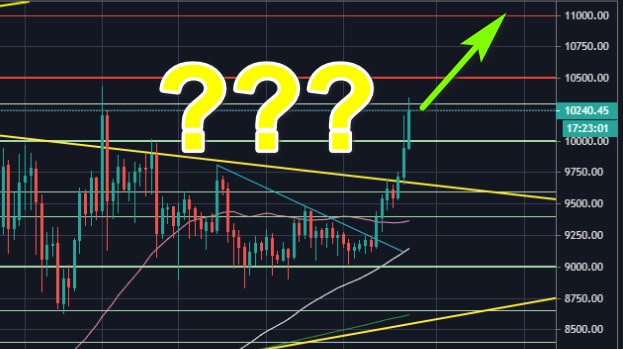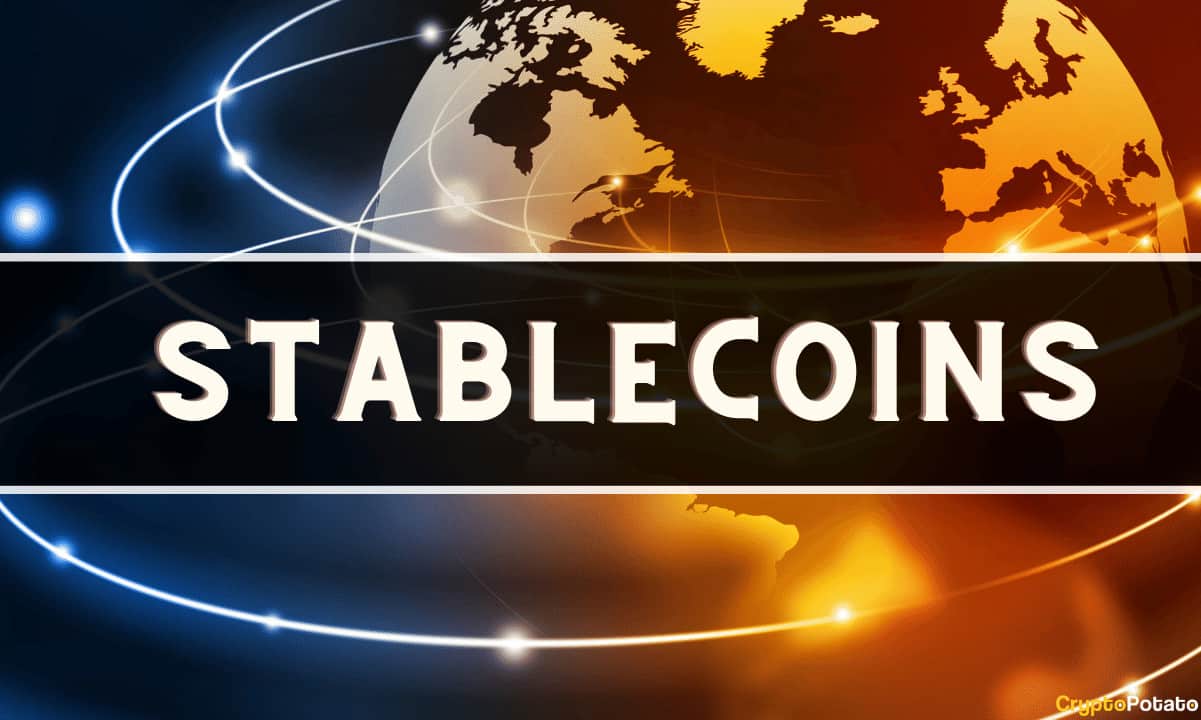ECB Recommends Mining Ban and Urgent Stablecoin Regulations
It comes as no surprise that the central bank wants to curtail crypto as much as it possibly can, advising EU lawmakers with a recent research paper.
On July 12, crypto venture advisor at Presight Capital, Patrick Hansen, broke down the report, which focused primarily on what the ECB considers financial risks.
It acknowledged that the digital asset markets were evolving rapidly, claiming that if current trends continue, “crypto-assets will pose risks to financial stability,” therefore need to be “effectively regulated and supervised.”
The three areas of concern for the central bankers were the climate risk of crypto, decentralized finance, and stablecoins.
The ECB has published 3 new research articles on
• Climate risk of crypto
• DeFi
• StablecoinsThey give a good overview of how the ECB thinks about these issues and contain some remarkable quotes and graphs. A few examples
https://t.co/KDO5NC9cqF pic.twitter.com/lSxhLUI5jt
— Patrick Hansen (@paddi_hansen) July 12, 2022
A ‘Probable’ Mining Ban
The first concern was one regarding the climate, with the report stating that there is a choice between “incentivizing the crypto version of the electric vehicle” or banning the fossil fuel version. This refers to the choice of proof-of-stake, which Ethereum is about to switch to, instead of proof-of-work, which runs the Bitcoin network.
The ECB stated that public authorities are “highly unlikely” to take a hands-off approach, so:
“Policy action by authorities (e.g. disclosure requirements, carbon tax on crypto transactions or holdings, or outright bans on mining) is probable.”
The next swipe was at DeFi, with the ECB pointing out that most protocols were actually centralized. It used Uniswap as an example claiming the team, early investors, and whales control it, “1% of the total token holder addresses hold around 97% of the total token supply.”
In essence, this is precisely what a central bank does with its tight leash of control over a nation’s currency, so this point could be considered moot.
Unstable Stablecoins
The next attack was on stablecoins, which the ECB has been trying to veto since early 2021, making the obvious example out of the Terra ecosystem and its recent collapse.
“Recent developments show that stablecoins are anything but stable, as exemplified by the crash of TerraUSD and the temporary de-pegging of Tether.”
The report stated that stablecoins need to be “brought into the regulatory perimeter with urgency,” adding that the EU’s proposed MiCA laws need to be implemented urgently.
The central bank failed to make the comparison between their volatility and the rampant devaluation and instability of fiat currencies due to economic policy meddling and money printing mechanisms.
Just this week, the Euro reached parity with the USD for the first time in almost two decades.
Euro/Dollar parity for the first time since 2003 pic.twitter.com/AUCcPZJSRn
— Will Clemente (@WClementeIII) July 11, 2022









